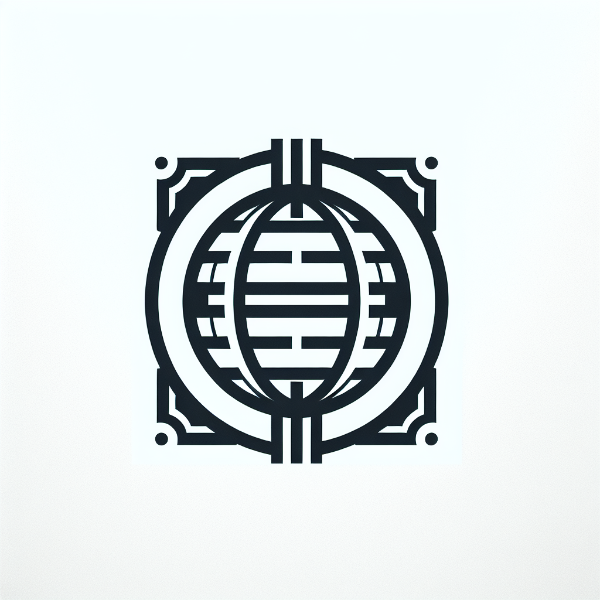The eastern Democratic Republic of Congo is facing severe violence, with 773 deaths and 2,880 injuries reported in a week amid clashes between the Congolese military and the M23 rebel group, supported by Rwanda. The conflict, rooted in historical tensions and resource control, has displaced over 400,000 people, triggering a humanitarian crisis.
In a tragic escalation of violence in the eastern Democratic Republic of Congo (DRC), at least 773 individuals have lost their lives and 2,880 have sustained injuries within the past week. The city of Goma has emerged as the focal point of this turmoil, experiencing fierce clashes between the Congolese military and the M23 rebel group, which is reportedly receiving support from Rwanda.
The M23, or March 23 Movement, is a prominent rebel group in eastern DRC, notorious for inflicting severe violence in the region. It initiated a large-scale offensive in January 2025, assuming control over significant territories and displacing hundreds of thousands of civilians. This crisis has heightened tensions between the DRC and Rwanda, which has been accused of backing M23.
Formed in 2012, M23 claims to protect the rights of the Tutsi minority in the DRC and is primarily composed of fighters from this ethnic group. The group derives its name from a peace agreement made in 2009 that it asserts the Congolese government has violated. Despite various disarmament efforts, M23 has regained strength, largely attributed to external support.
M23’s recent offensive, which began in late January 2025, has drastically altered the power dynamics in eastern Congo, allowing the rebels to capture Goma, the capital of North Kivu province, a city with over 2 million inhabitants. As the rebels extend their territorial grasp, there is rising alarm regarding their potential advance towards Kinshasa, the DRC’s capital.
This offensive has precipitated a humanitarian crisis, with over 400,000 individuals displaced since January. Hospitals and aid organizations are overwhelmed by the increasing number of wounded civilians; in just three days of fighting, Goma alone recorded at least 100 fatalities and nearly 1,000 injuries.
The violence can be attributed to several factors, including the DRC government’s accusations against Rwanda for supporting M23, which they claim is a “declaration of war.” The rebels appear to possess improved arms and training, indicating substantial outside assistance. Furthermore, the area’s vast rich mineral resources attract various factions vying for control, exacerbating the conflict.
Ethnic tensions remain a significant issue, with a historical backdrop rooted in the aftermath of the 1994 Rwandan genocide. Armed groups infiltrated Congo, instigating prolonged conflicts over the decades. The enduring Tutsi-Hutu divide continues to influence alliances, complicating the peace efforts in the region.
The escalating violence in the eastern DRC stems from a complex interplay of historical and geopolitical factors. The resurgence of the M23 rebel group, with claims of external support and a mandate that centers on ethnic rights, reflects deep-rooted tensions that can be traced back to regional conflicts and shifts in power. The DRC’s vast mineral wealth further complicates the situation, as various stakeholders seek control over lucrative resources. Understanding this background is crucial to comprehending the ongoing crisis and its implications for regional stability.
The recent surge in violence in the eastern DRC, particularly in Goma, signifies a perilous situation with substantial humanitarian consequences. The conflict, fueled by ethnic tensions, external support for armed groups, and a struggle for resource control, calls for urgent international attention and intervention. Efforts toward peace must acknowledge the intricate historical and geopolitical factors that continue to drive these conflicts in order to foster lasting stability in the region.
Original Source: sofrep.com




